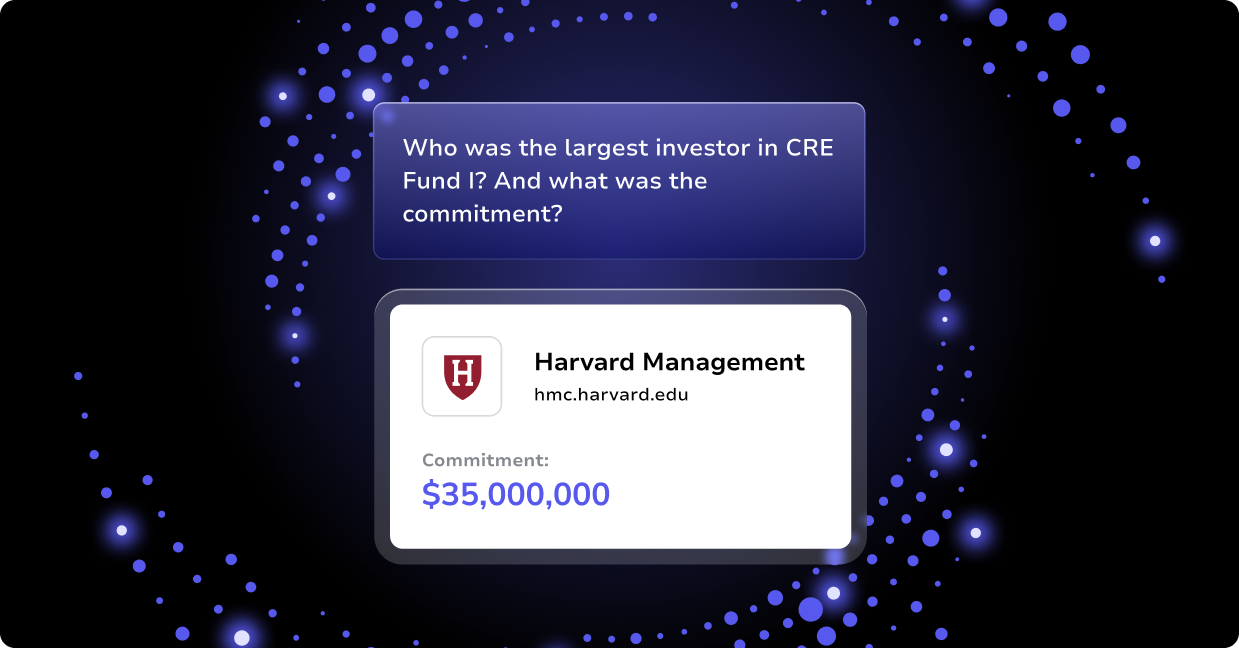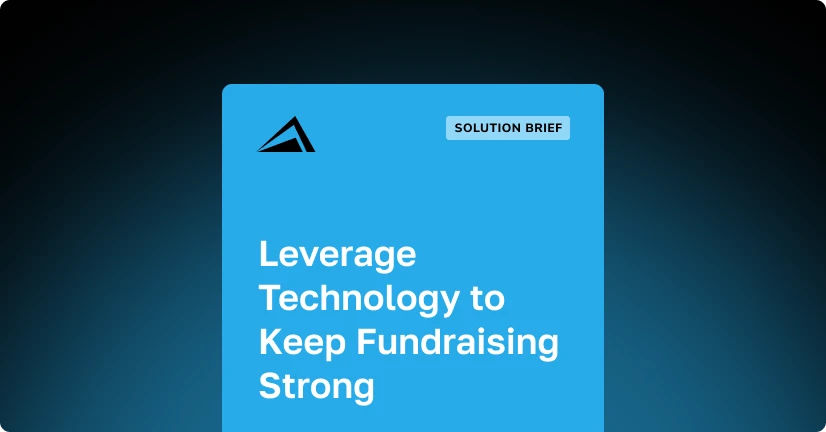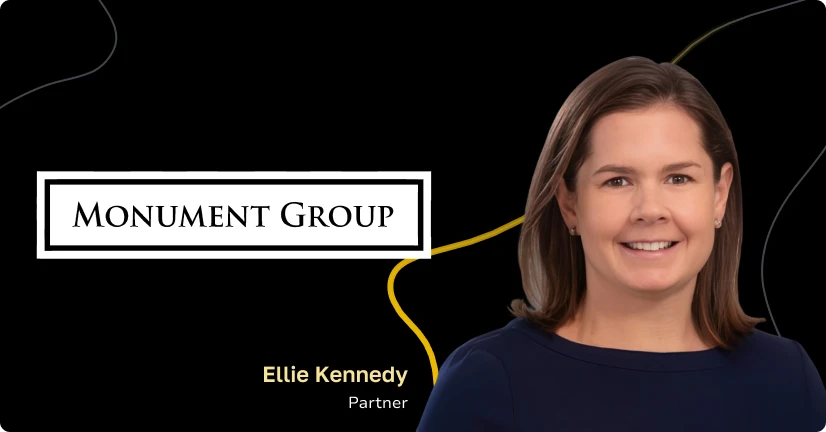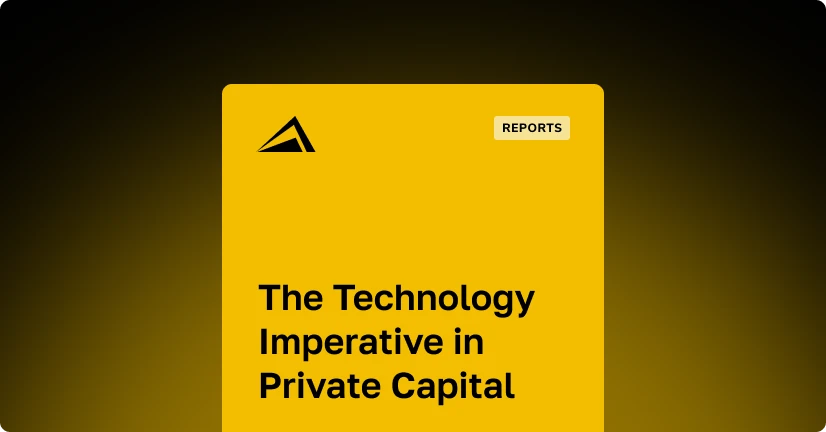
Recently, Altvia Chief Revenue Officer, Kjael Skaalerud, hosted a virtual event, “Future Proof Your Private Equity or Venture Capital Firm” focused on issues like the role technology can play in a firm to keep the organization operating at peak performance, the technology maturity curve and how firms can assess where they are on it, and hurdles to technology initiatives.
The session, which was recorded for those who couldn’t attend, also provides actionable insights on how to move forward with implementing technology.
We’re in a period where many records have been set in private capital markets—from VC dollars invested to the total number of IPOs, etc While that’s great news for the industry, it also means that firms that historically based their success on “ a great team” and being “connected” within the industry are feeling some pressure to up their game.
Implementing advanced technology is a great way to do that. As Hugh MacArthur, global head of PE at Bain & Coobserved, “Speed to insight is everything in private equity.”
The Panelists
Along with Kjael, two industry experts provide their insights on how to future proof your firm.
Jennifer Meyer is a director at Greenspring Associates. She’s an expert in technology companies, particularly SaaS-based services, and leads Greenspring’s technology operations team.
Richard Grajewski is VP, business development at Huron Capital Partners, where his primary focus is deal origination.
Frameworks – The Role Technology Can Play in a Firm
Grajewski says what’s key for his firm is knowing what deals are coming to the market before getting the “teaser”. In the current market, if the teaser is your first knowledge of a deal, you’re already behind.
Huron Capital gets ahead of the curve by establishing and maintaining relationships with what he calls “centers of influence” in the market. Screening deals and educating the market on his firm’s investing criteria are also important to him.
“Having a powerful CRM is vital to everything Huron Capital does.”
He also notes that the firm works closely with Altvia to understand and adopt best practices for gathering and assessing data and setting goals for their operations.
Skaalerud points out, many firms suffer from “blank canvas syndrome,” meaning they want to implement technology but don’t know where to start, so Altivia’s guidance can be extremely helpful.
Meyer addresses how technology helps firms meet a need for something they’re all pursuing: actionable outcomes and delivery mechanisms. She points out that her firm has $15 billion in assets under management and 21 years of data that’s helped them achieve that level of success.
But with all that information, the question becomes: “How do you manage that amount of history and data in a meaningful way that gives everyone high confidence in what’s being outputted and delivered across the firm?”
She notes technology enables the people who rely on it, and who ultimately have to make important decisions. If you view solutions from that perspective, you’ll be better positioned to achieve the outcomes you’re looking for.
You’ll get better adoption if you’re clear about technology’s role and about the fact that it can give your firm a competitive advantage.
Skaalerud agreed, sharing Altvia’s observation of firms that embrace technology tend to be less siloed, with teams that engage fluidly and productively with each other.
Skaalerud asks about the importance of high-value work and that repetitive, mundane tasks are minimized as much as possible. Meyer some people see “chaos” in a firm’s operations, but emphasizes the importance of taking a closer look at what’s going on and being able to change perspectives from strategic to tactical and back again easily. This allows you to identify the issues that impede the fast and effective delivery of data across the organization.
One example that Meyer gives is data entry. It’s a critically important task but one where errors can occur if people aren’t focused on their work. That focus can be improved by giving the people doing the work what she calls “more high-value outcomes” and the accompanying boost in job satisfaction and engagement across the organization.
Gajewski points out that one of the best measures of the effectiveness of a system is how well it handles exceptions, and that people who know more about how processes affect a firm are better positioned to react properly to unfamiliar scenarios. His firm uses technology, in part, to isolate the variables that can help them be more effective.
Skaalerud asks how firms—especially those that have been in business for decades—can go about analyzing data over the long term.
Grajewski responds that Huron Capital Partners has historically been “good” at this, but that with an assist from technology, they’re on the path to being “great” at it. He goes on to explain that his firm has created automated dashboards with Altvia’s help that can assist them in assessing the impact of certain factors on their success—things like intermediary, sector, geography, executives or service providers involved, etc.
The Tech Maturity Curve – Understanding Your Current State & How to Progress
Another conversation involves tech maturity in firms and their well-known resistance to change since there’s a certain amount of lift that’s needed to reach a point where the return on their technology investments is clear.
Meyer mentions identifying true technology “champions” within the firm is vital to success, as is achieving small wins that begin to build momentum toward full adoption of tech solutions. She emphasizes the importance of automating things like reminders so that team members can focus on other tasks.
The group tips for successful technology implementation, including:
- You need an overarching strategy
- It’s important to “eat the elephant one bite at a time.”
Watch “Future Proof Your Private Equity or Venture Capital Firm” in Its Entirety
“Future Proof Your Private Equity or Venture Capital Firm” provides a wealth of information both for firms that have cutting-edge solutions in place and for those considering a technology initiative.
View the virtual event in its entirety here.






